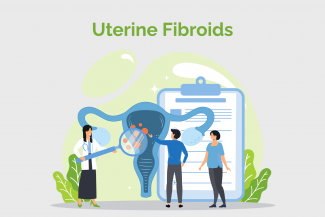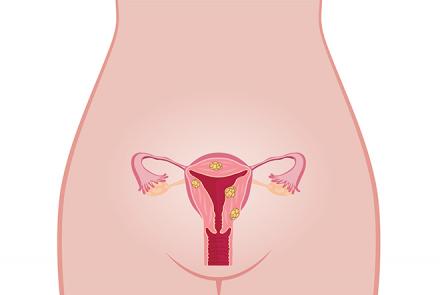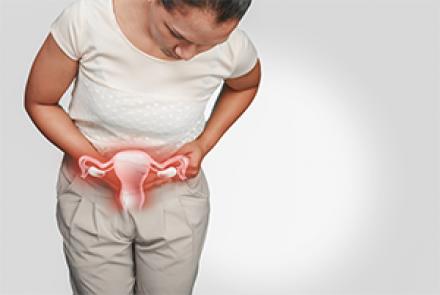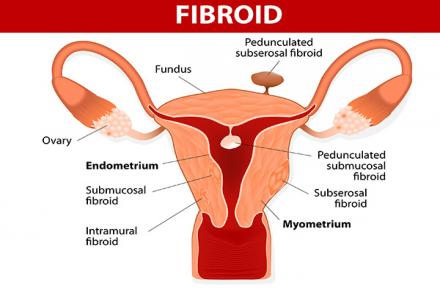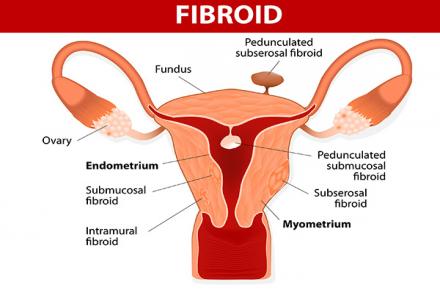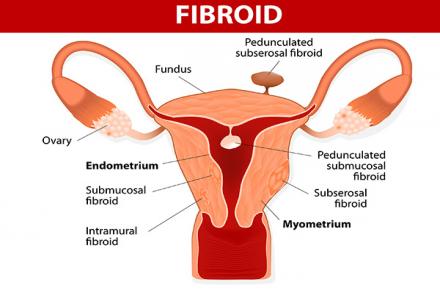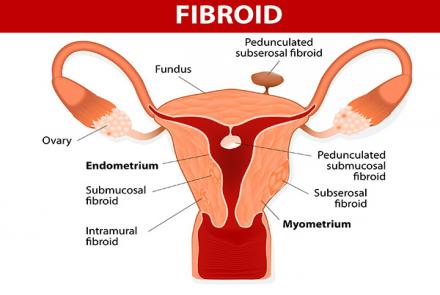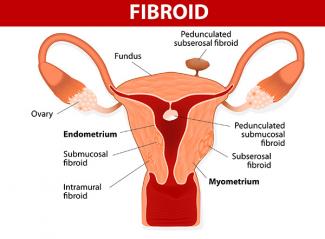
The doctor may suggest some of the following:
Medication: to reduce symptoms
Tranexamic acid: Tranexamic acid helps in clotting of blood in the uterus, thus reducing bleeding.
Anti-inflammatory drugs : These drugs reduce the production of progesterone. Progestrone contributes to the heavy and abnormal menstrual bleeding. They don’t shrink the fibroids but they reduce the symptoms of fibroids.
LNG-IUS (Levonorgestrel intrauterine system): A plastic device is placed in the uterus, which releases progesterone hormone in regular intervals. This hormone stops the rapid growth of the lining of the uterus, thereby reducing the bleeding.
GnRHA: Gonadotropin released hormone agonist lowers oestrogen level, so that the abnormal menstrual bleeding is reduced and fibroids shrink in size eventually.
Note: These drugs do have side effects, so they are always taken under doctor’s advice.
Surgery:
If medication does not achieve the desired result, the next step is surgical intervention.
Hysterectomy: Removal of uterus. This is undertaken only when:
- it is not possible to treat fibroids with other treatment options and fibroids continue to recur
- fibroids are large and there is heavy bleeding
Myomectomy: Removal of fibroids from the wall of uterus.
Endometrial ablation: Removal of lining of uterus. This cannot be done during the child-bearing age because the endometrium is required for pregnancy.
UAE (Uterine Artery Embolization): Helps in stopping blood supply to the fibroids. A chemical is injected into the blood vessel in the leg and it is guided by X-ray scan to the fibroids and the chemical causes shrinkage of fibroids.
Magnetic-resonance-guided percutaneous laser ablation: Fibroids are located through MRI and a laser light is used to hit the fibroids and shrink them.
Magnetic-resonance-guided focused ultrasound surgery: This also helps in shrinkage of fibroids. Magnetic resonance imaging identifies the fibroids and sound waves are aimed at those fibroids, causing them to shrink.

